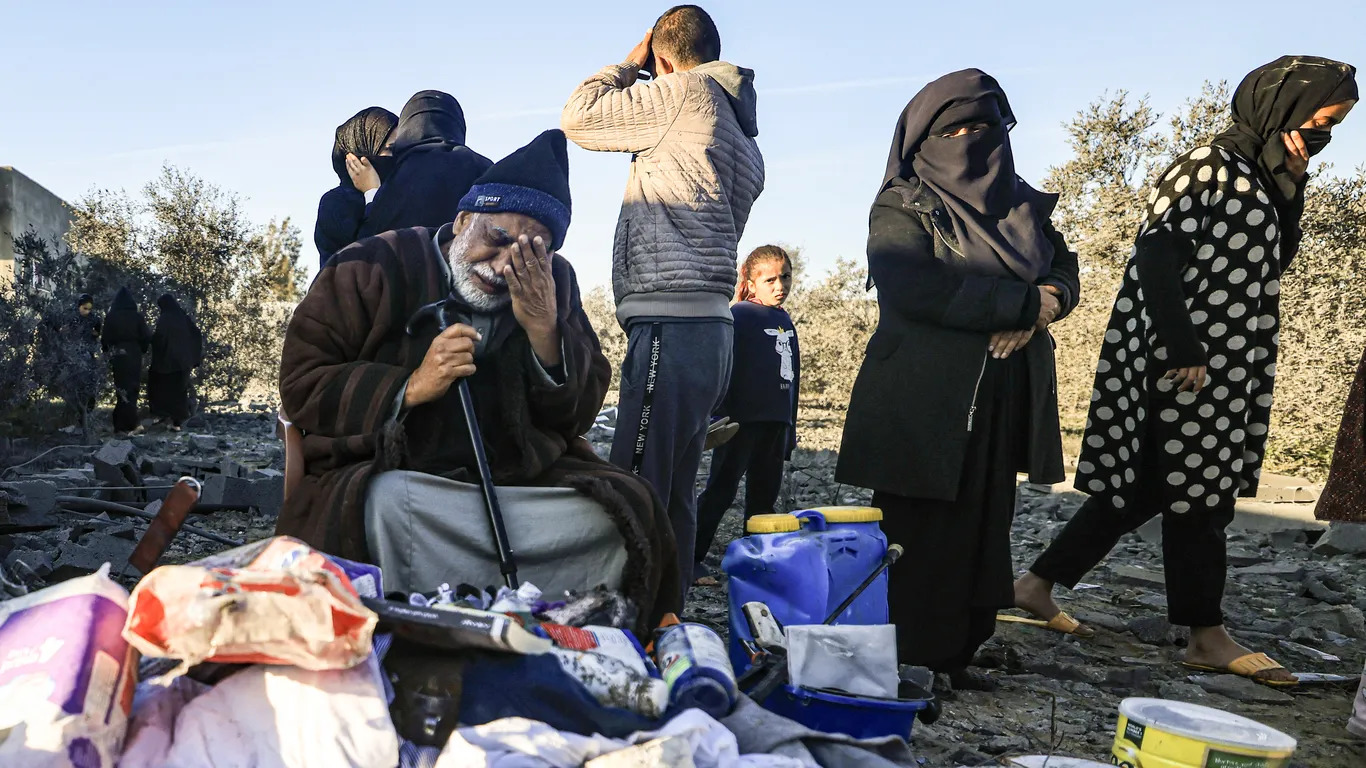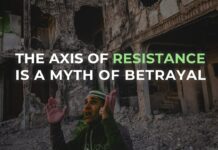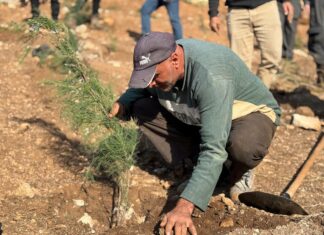
• Dr. Rik Peeperkorn, WHO representative for the occupied Palestinian territory, reports on the devastating impact of Israeli attacks, with 23,210 people killed and 59,100 wounded, many requiring long-term healthcare. Multiple trauma cases, including amputations, indicate a profound and lasting impact on the affected population.
• Defence for Children International declares 2023 as the “year of genocide” against Palestinian children, citing unprecedented rates of killings by Israeli forces. The report indicates a rising death toll with thousands missing in Gaza, trapped under rubble, and anticipates further casualties due to the deprivation of essential supplies and indiscriminate attacks.
• Tensions escalate along the Israel-Lebanon border as Hezbollah continues its bombardment, resulting in thousands displaced and border communities evacuated. Alarming reports indicate ghost towns with sparse populations and the presence of munitions along the border.
• Israel agrees to a UN delegation’s entry into northern Gaza, aiming to assess infrastructure damage from Israeli attacks and study the needs for the return of displaced Palestinians. The move follows U.S. Secretary of State Blinken’s push for Palestinian return and concerns that Israel might use it as leverage in negotiations.
• The UK deploys HMS Richmond to the Red Sea for anti-Houthi patrols, joining a U.S.-led coalition against Houthi rebels. The action is taken to ensure a formidable presence amid attacks on shipping and is linked to the international response to the crisis involving Iran-backed Houthi rebels.
• Republican senators propose the Safe and Open Streets Act to criminalize non-violent civil disobedience, citing road closures used in protests against Israel’s war in Gaza. The legislation targets tactics employed by pro-Palestine protestors, aiming to obstruct roads and highways as part of their activism.
• A quantitative analysis by The Intercept reveals a bias in leading U.S. publications, including The New York Times, The Washington Post, and The Los Angeles Times, favoring Israeli narratives over Palestinian ones during the Gaza assault. Discrepancies in terminology use highlight skewed portrayals of the conflict.








